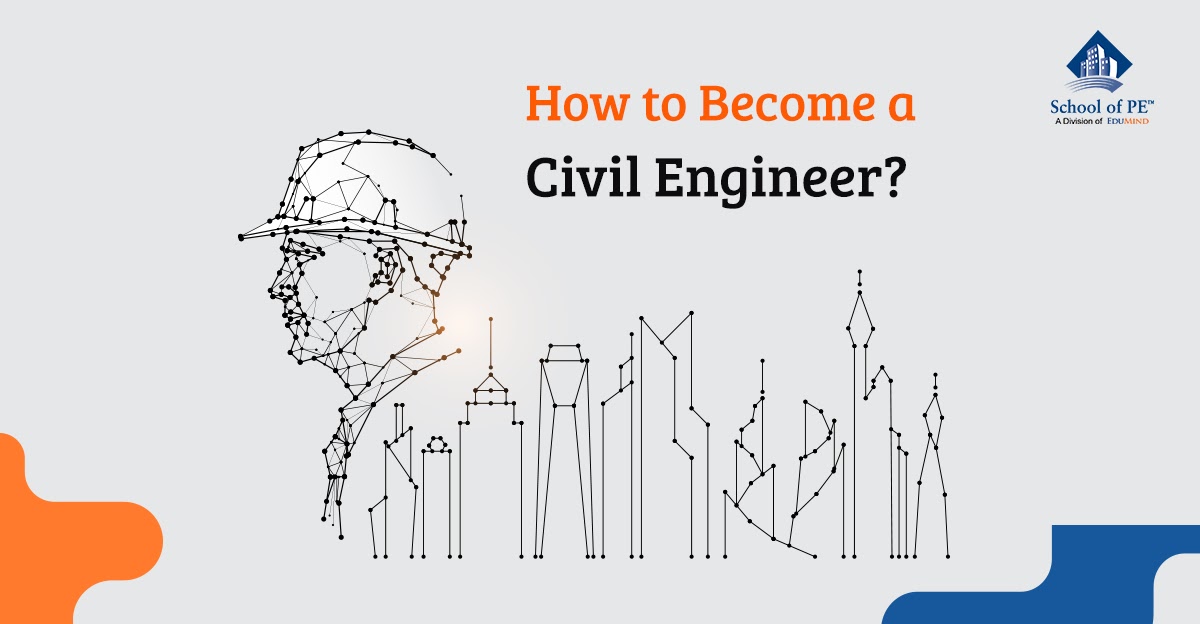The PE exam is quite possibly one of the most important and hardest milestones in an engineer's career. As such, it is important to spend time preparing strategies as well as studying for the exam.
Your strategy for passing the exam should begin months or even a year before the exam date. Early completion of your exam application and selecting a good exam prep course are very important and should be started well before you sit down at the exam table.
While studying for the exam, it is essential you use the same reference books and material you plan to take into the exam. Check the exam regulations to ensure you can bring into the exam what you're studying with. Use the reference books during your prep course, and when you come across key information, highlight the info and place a labeled sticky tab on the page. This way during the practice exams and PE exam you can quickly find what you're looking for.
Practice exams are a great way to gauge how prepared you are. Take the practice exams in as similar an environment as you can expect to take the PE exam. Go to a quiet room with a table you can sit at. Turn off your cell phone, don't listen to music, and try to find a place where people and pets won't interrupt you. Only take into your practice exam what you will have with you for the real exam (pencil, approved calculator, water, etc.). Set a timer for the morning practice exam and afternoon practice exam (this time could vary depending on whether you take a paper or computer-based exam, so make sure you know your time constraints). Treat the practice exam like the real thing and you will find it is much more beneficial.
Several days prior to exam day, make sure all of your reference material will be allowed in the exam, and that it is tabbed and highlighted sufficiently (too many tabs and highlights may mean you spend more time than needed finding the right information). If you are taking several books into the exam, figure out a way to move the books easily into the exam room. People use methods like suitcases, hand carts, and boxes. Make sure you have two approved calculators, ear plugs (the exam room can sometimes be noisy from external factors), an approved digital watch (you may not be able to see a clock), and a water bottle. There are also some required items for the exam (registration confirmation, approved identification). Ensure you have these items with your other exam material. Check which other items are allowed and not allowed, and plan accordingly.

The exam location may not be held near where you live. People often had to drive several hours to the city of the exam. It's not a bad idea to stay in a hotel the night before. This will allow you to get a good night's sleep (if you're lucky) and avoid leaving the house at 3 AM.
Make sure you know what time you are supposed to check in to the exam, and plan to get there 30 minutes to an hour before the check-in time. You don't want to be looking for a parking spot when check-in starts! On exam day, wake up with enough time to enjoy a cup of coffee and a light breakfast before you head to the exam site.
One of the best tips I have seen for taking the exam is to skim through all the questions at the beginning of each session. Mark the questions 1 through 4, one being the quickest to complete and four being the longest. Then, start solving questions starting with one and working your way to four. This allows you to get the most points before you spend time on more difficult questions. Remember, every question is weighted the same regardless of difficulty. If you're like me, you'll run short on time at the end of one or both sessions (depth and breadth). Solving the easy questions first means you don't miss easy points, and if you run out of time you can guess on the questions which would have been hard anyway.
On your drive home, try to relax and enjoy the relief of having completed a very important milestone. You won't find out results for several weeks most likely, so try and enjoy life in the meantime. With plenty of preparation, be confident that you performed well.







